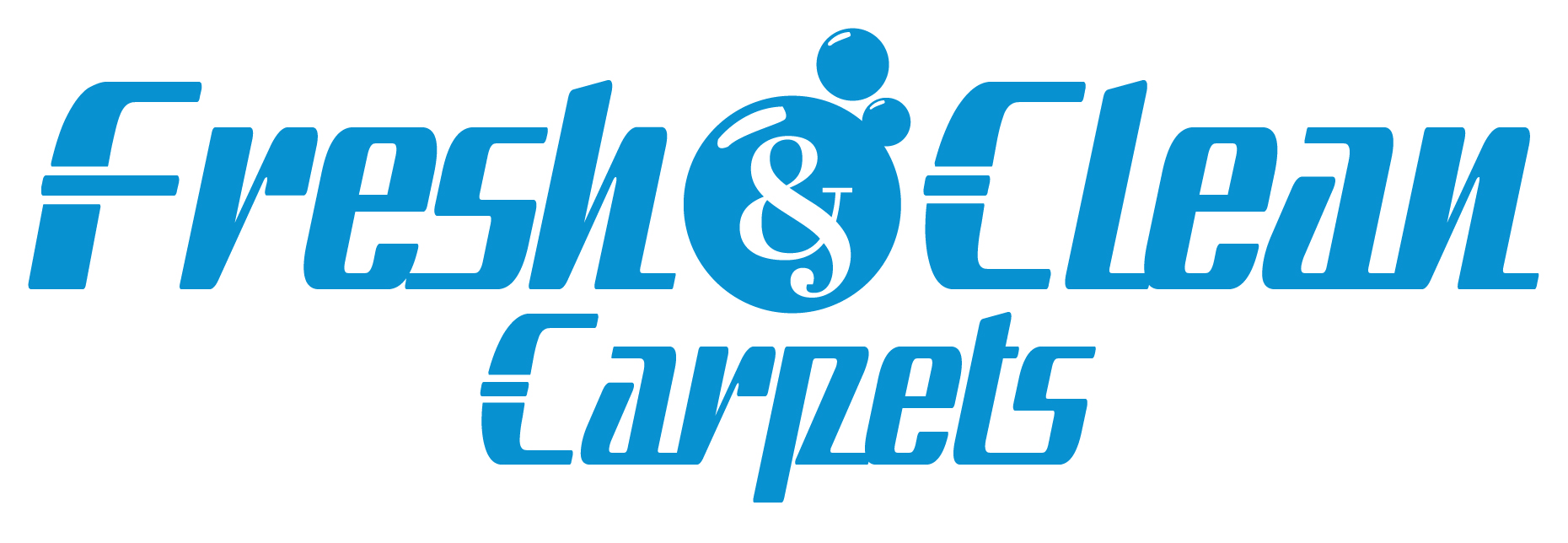Schedule your appointment today! 801-350-2822
Floods can cause significant damage to homes, and one of the most serious risks that homeowners face afterward is mold growth, especially in carpets. In Salt Lake City, where floods can result from heavy rains or plumbing issues, knowing how to prevent mold growth in your carpets is crucial. Mold not only damages your carpets but also poses serious health risks. Here’s a guide on how to prevent mold from taking hold in your home after a flood.
1. Act Quickly
Time is of the essence when it comes to preventing mold growth. Mold can begin to develop within 24 to 48 hours after water exposure. As soon as the floodwaters recede, take immediate action to start the drying process. The sooner you can remove moisture from your carpets, the lower the risk of mold development.
2. Remove Standing Water
The first step in the drying process is to remove any standing water. Use a wet/dry vacuum to extract as much water as possible from your carpets. If the flooding is extensive, you may need to rent or purchase more powerful extraction equipment. Removing standing water quickly is critical to minimizing the amount of moisture that seeps into your carpet padding and subfloor, where mold can easily develop.
3. Use Fans and Dehumidifiers
After you’ve removed as much water as possible, the next step is to dry the area thoroughly. Place high-powered fans around the room to increase air circulation and help speed up the drying process. Additionally, use dehumidifiers to remove excess moisture from the air. In Salt Lake City’s varying climate, controlling indoor humidity is key to preventing mold growth.
Keep the fans and dehumidifiers running continuously for several days, even if the carpets appear dry on the surface. Mold can still grow in hidden areas if moisture remains trapped in the carpet fibers or padding.
4. Steam Clean and Sanitize
Once the carpets are dry, it’s essential to clean and sanitize them to remove any bacteria, dirt, or potential mold spores that may be present. Steam cleaning is an effective method for this, as the high temperatures can kill mold spores and thoroughly clean the carpet fibers. Use a steam cleaner or hire a professional carpet cleaning service that specializes in post-flood recovery.
Be sure to use cleaning agents designed to eliminate mold and mildew. These products can help sanitize your carpets and prevent future mold growth.
5. Inspect and Treat for Mold
Even with the best preventive measures, it’s important to inspect your carpets regularly for signs of mold. Look for discoloration, musty odors, or visible mold growth on the carpet’s surface. If you detect any mold, act immediately to treat the affected areas.
Use a mold-specific cleaning solution to treat the area, and consider hiring a professional mold remediation service if the problem is extensive. It’s better to address a small mold issue early before it has a chance to spread throughout your home.
6. Replace Damaged Carpet and Padding
In some cases, despite your best efforts, the carpet and padding may be too damaged to salvage. If you notice persistent mold growth, strong odors, or extensive water damage, it might be necessary to replace the carpet and padding entirely. While this can be a more costly option, it’s essential for maintaining a healthy living environment and preventing long-term mold issues.
Preventing mold growth in your carpets after a flood in Salt Lake City requires swift and decisive action. By removing standing water, using fans and dehumidifiers, steam cleaning, and inspecting for mold, you can protect your carpets and your home from the dangers of mold. Remember that in severe cases, replacing the carpet may be the best option to ensure a safe and mold-free environment. When in doubt, consult with a professional to assess the situation and recommend the best course of action.

